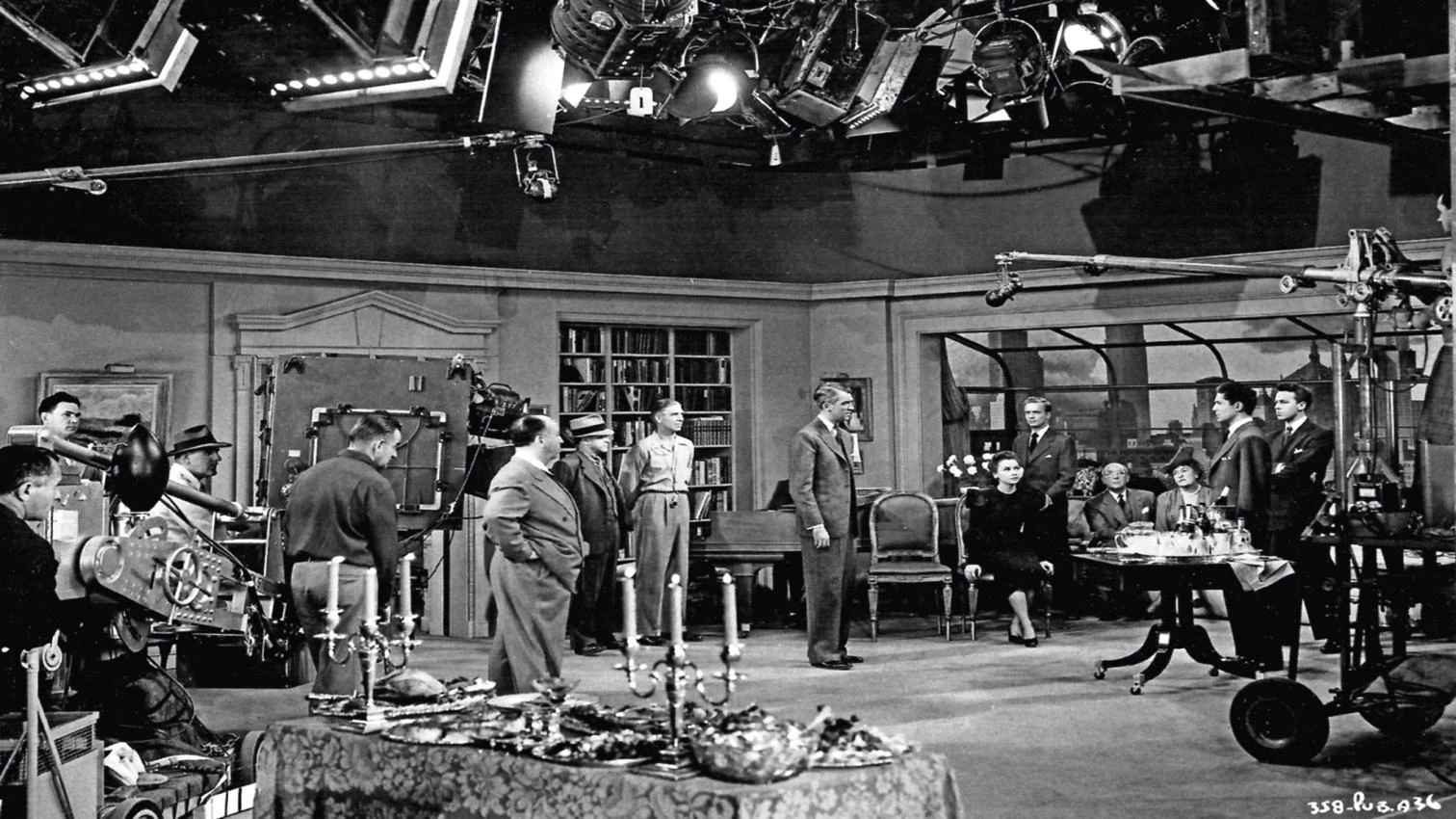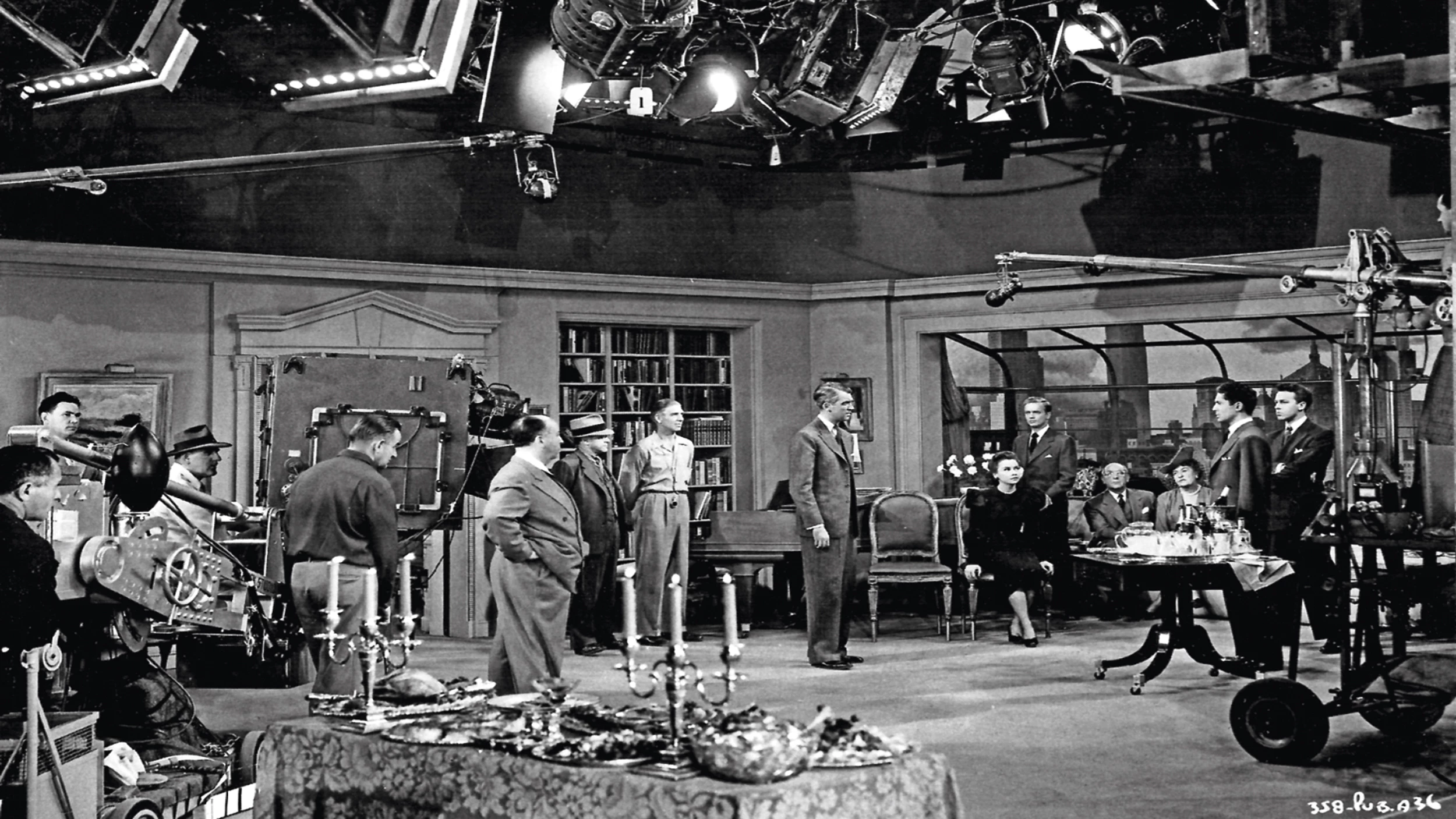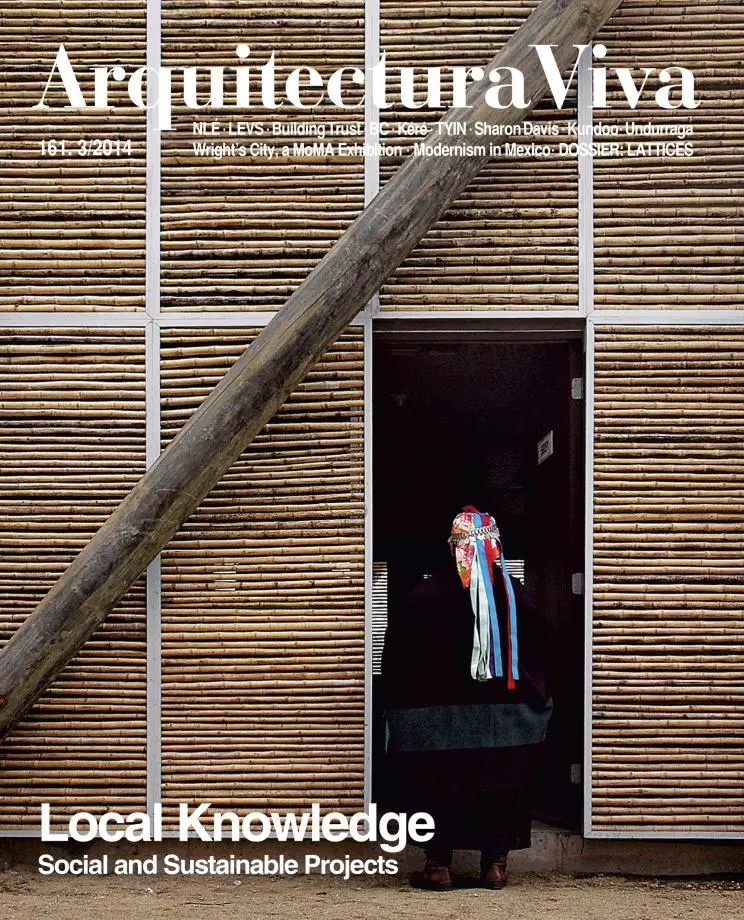
In the 1970s, the historian Marc Ferro tried to bring film studies into respectable academic domains, and found himself faced with lack of sympathy on the part of his austere colleagues, for whom the ‘seventh art’ was mere show business for the masses. Precisely at that time, those behind the Cahiers du Cinéma were bent on spreading their ‘politique des auteurs’ which presented the great classic directors as artists of prime importance, and it is good to remember that Hitchcock was for them the Zeus of cinema’s Olympus.
The publication of a rare book, The Wrong House: The Architecture of Alfred Hitchcock, reminds us that the academic usefulness of film studies is not limited to the field of historiography or art history. The author, Steven Jacobs, states that “the history of architecture not only comprises the history of built constructions and unrealized projects designed by prominent architects but also the representations and evocations of architecture in the arts and popular culture. This is why the architectural historian should address the imaginary architecture of cinema.”
Jacobs treats Hitchcock as a fullblooded architect – and refers to his set designers only laterally. The bulk of the book is an analysis of twenty-six domestic decors that play a key role in both the English and American periods of the career of the ‘master of suspense’, and with ingenuity and observation Jacobs explains the functional and psychological meaning of ‘Hitchcockian’ architectural elements.
Accompanying all this are previously unpublished original plans of the movie sets (up to the point that they can be reconstructed), as well as some introductory chapters that present – concisely but with good examples – a series of force lines determining Hitchcock’s general approach to architectural and urban space: his eminently visual sense (which takes priority even over the narrative), his penchant for enclosed spaces (and with this, his preference for filming in studios), his capacity to give symbolic and psychological meaning to everyday domestic objects, his keen interest in the modern city, and his constant injection, in his films, of all the tourist clichés (with special attention to monuments and urban landmarks).
Well documented (Jacobs has researched in relevant London and Los Angeles archives), quite erudite (showing familiarity with and quoting from Hitchcock bibliography), clearly written, without the dense pedantry of the discourses of other scholars of popular culture, in the style of Eco or Baudrillard, Jacobs’s book can only be censured for paying a ‘revolutionary tax’ to certain authorities who are out of place here (occasional quotes from Benjamin or Deleuze, perfectly banal but seemingly obligatory), and for a certain insistence on the pun in his chapter headings, which play all too predictably with the titles of Hitchcock movies. That said, the truly exceptional thing about the book is its sad isolation in the current academic scene.







